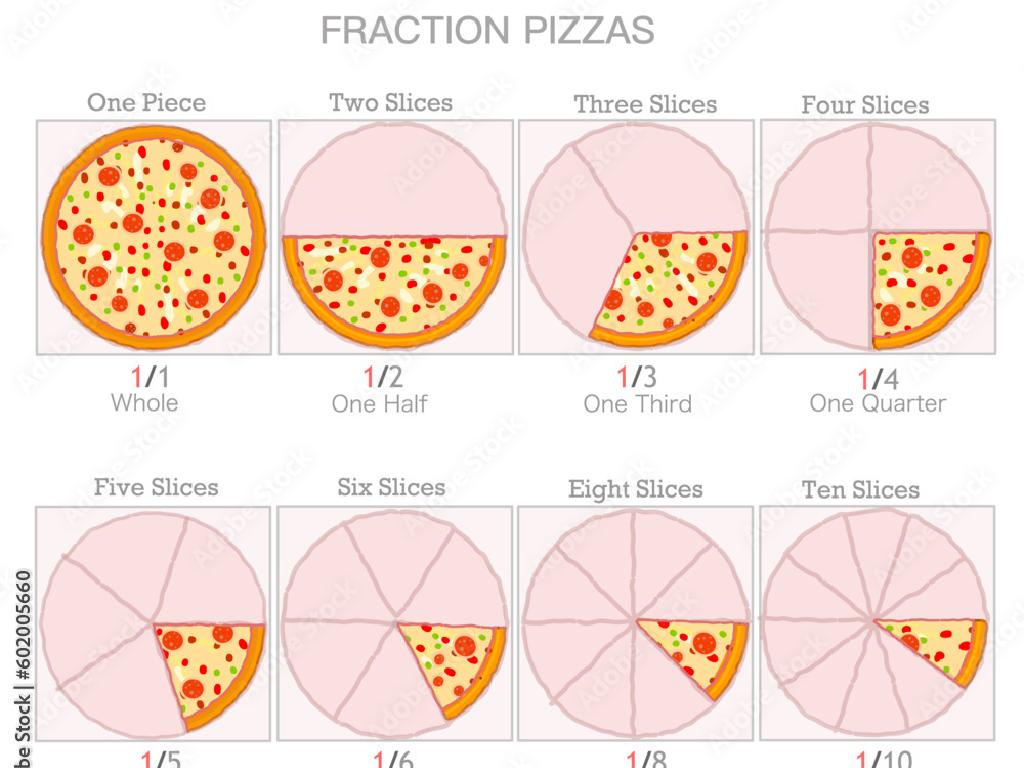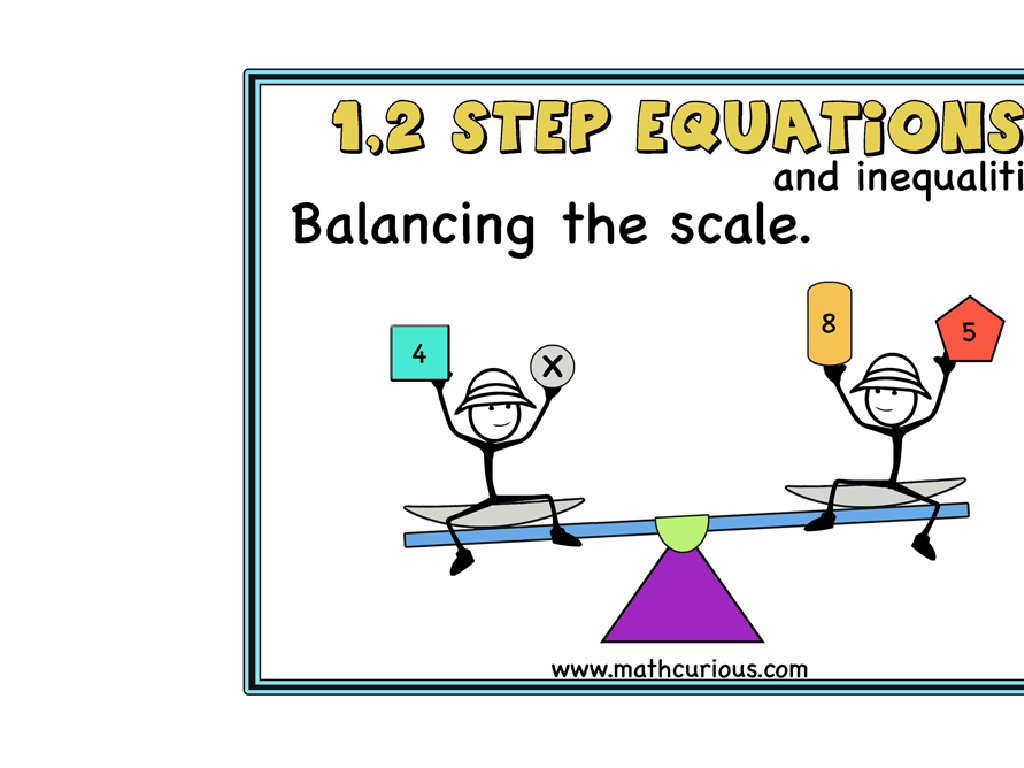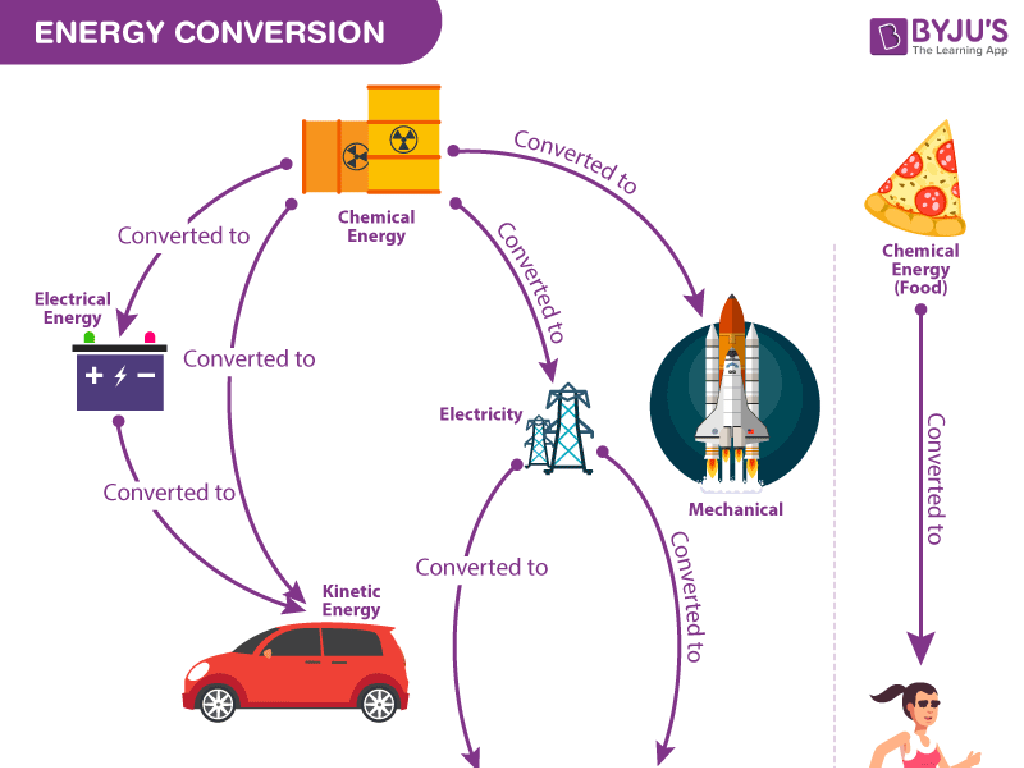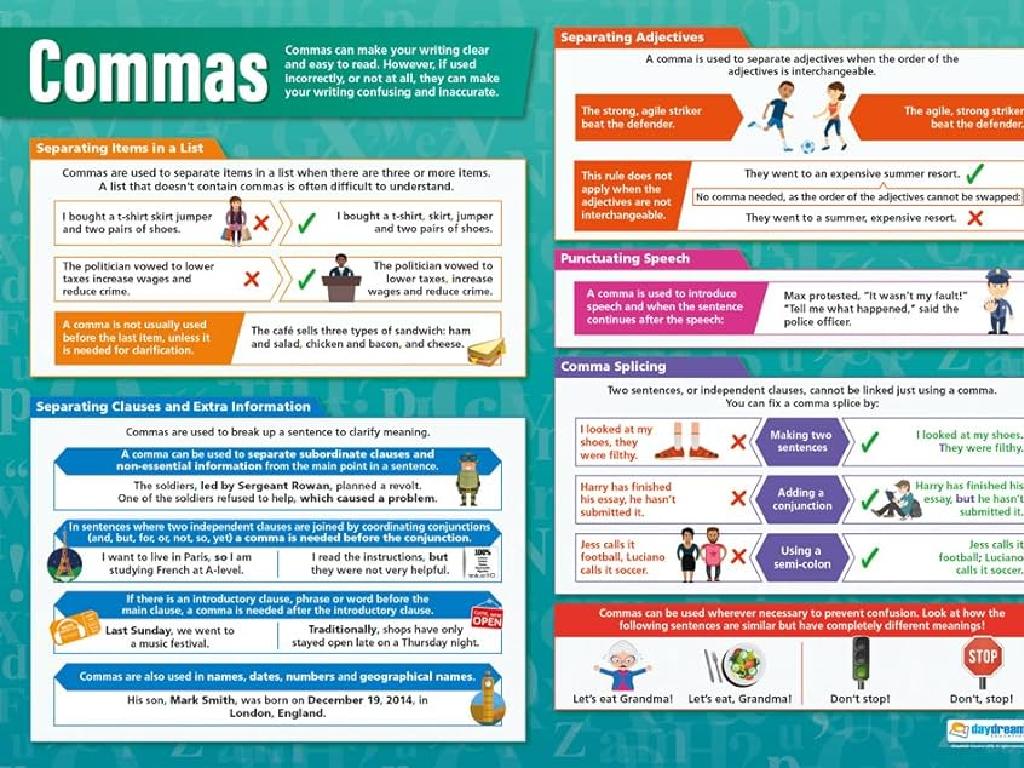Understand Conservation Of Matter Using Graphs
Subject: Science
Grade: Sixth grade
Topic: Matter And Mass
Please LOG IN to download the presentation. Access is available to registered users only.
View More Content
Conservation of Matter and Mass
– What is matter?
– Everything made of atoms and molecules
– Measuring mass
– Mass is measured using a scale
– Conservation of matter principle
– Matter is not created or destroyed
– Graphing matter conservation
– Use graphs to visualize matter changes
|
This slide introduces the fundamental concepts of matter and mass, setting the stage for a deeper dive into the conservation of matter. Begin by defining matter as anything that has mass and takes up space, composed of atoms and molecules. Explain how mass is a measure of the amount of matter in an object, typically using a scale. Emphasize the principle of conservation of matter, stating that in a closed system, matter is neither created nor destroyed during chemical reactions. Introduce the use of graphs as a tool to visualize how matter is conserved, even when it changes forms. This will prepare students for activities involving graphing different states or phases of matter and understanding the concept of conservation in a tangible way.
Understanding Matter and Its Conservation
– Matter: Everything around us
– Matter characteristics: Mass and volume
– Anything that has weight and occupies space
– Common states: Solid, liquid, gas
– Solids have fixed shape; liquids flow; gases fill their container
– Conservation of matter principle
– Matter is not created or destroyed in chemical reactions
|
This slide introduces the concept of matter as the substance that makes up all things in our universe. It’s important for students to grasp that matter is defined by two key characteristics: having mass and taking up space. Discuss the three common states of matter solid, liquid, and gas and their distinct properties. Emphasize the conservation of matter by explaining that in any chemical reaction, the total mass of the reactants equals the total mass of the products. This principle will be further explored using graphs to visualize how matter changes, but is conserved, in different chemical processes. Encourage students to think of examples from everyday life where matter changes form but is conserved, such as water boiling or ice melting.
Understanding Mass and Matter
– Mass: amount of matter in objects
– Using scales to measure mass
– Scales give a numerical value to mass
– Units of mass: grams, kilograms
– Smaller objects are in grams, larger in kilograms
– Conservation of mass in reactions
– Matter is neither created nor destroyed
|
This slide introduces the concept of mass as a measure of the amount of matter in an object, which is a fundamental principle in science. Emphasize that mass is different from weight, as mass does not change with location, while weight can due to gravity. Explain that scales are tools used to measure the mass of an object, and the units used are grams for small objects and kilograms for larger ones. Highlight the law of conservation of mass, which states that in a closed system, mass is conserved in physical and chemical processes. This concept can be visualized through graphs showing that the total mass of reactants equals the total mass of products in a reaction. Encourage students to think about how this principle applies to everyday phenomena, such as cooking or recycling.
The Law of Conservation of Matter
– Matter is never created or destroyed
– Matter changes from one form to another
– Example: Water freezing or evaporating
– Understanding the Law of Conservation
– Matter’s mass stays constant in chemical reactions
– Graphs show matter conservation
– Visualize mass before and after a reaction
|
This slide introduces the fundamental concept of the Law of Conservation of Matter, which states that matter cannot be created or destroyed in an isolated system. The total amount of matter remains constant, though it can change forms, such as solid to liquid or gas. Use examples like water changing from ice to liquid to vapor to illustrate these transformations. Emphasize that in any chemical reaction, the mass of the reactants equals the mass of the products. Graphs can be a powerful tool to visualize this principle by showing the mass of substances before and after a reaction, reinforcing the concept that the total mass remains unchanged. Encourage students to think of other examples where matter changes form and discuss how the mass remains the same.
Conservation of Matter: Graphical Understanding
– Graphs show matter conservation
– Visual aids for comprehending matter conservation
– Mass of reactants equals products
– In chemical reactions, the mass remains constant
– Examples of conservation
– Real-world scenarios demonstrating conservation
– Understanding through visualization
|
This slide introduces the concept of conservation of matter and how it can be represented through graphs. Emphasize that in any chemical reaction, the mass of the reactants (the substances going into the reaction) is always equal to the mass of the products (the substances produced by the reaction). This is a fundamental principle known as the Law of Conservation of Matter. Use graphs to visually represent this concept, showing that the total mass is the same before and after a reaction, despite changes in form. Provide examples such as the reaction between vinegar and baking soda, where the mass remains constant even as gases are produced. Encourage students to think of other examples and how they might graph them. This visual approach helps students grasp the concept that matter is neither created nor destroyed in chemical reactions.
Conservation of Matter: Ice Melting
– Solid ice to liquid water
– Ice changes state but not mass
– Mass remains constant
– Ice mass equals water mass
– Graphs show mass conservation
– Before/after graphs illustrate this
– Understanding through visuals
|
This slide introduces the concept of the conservation of matter through the example of ice melting. Students will understand that matter is not lost when it changes state; the mass of the solid ice is the same as the mass of the water once melted. Use a graph to visually represent the mass of ice before and after melting to reinforce the concept that the total mass remains constant during this physical change. Encourage students to think of other examples where matter changes form but not mass, such as water vapor condensing into liquid. This will help them grasp the law of conservation of matter in a tangible way.
Conservation of Matter: Water Evaporation
– Water shifts from liquid to gas
– Mass is conserved during evaporation
– The mass of liquid water equals the mass of the water vapor formed.
– Graph illustrates constant mass
– The line on the graph stays level, showing no loss of mass.
– Conservation of matter in action
|
This slide aims to teach students about the conservation of matter through the process of evaporation. Begin by explaining that matter can change states, such as water transitioning from liquid to gas. Emphasize that even though the state changes, the mass remains the same, which is a key principle of matter conservation. Use a graph to visually represent how the mass of water stays constant before and after evaporation. This graph should have a flat line indicating that no matter is lost or gained in the process. Encourage students to think of other examples where matter changes form but the mass remains constant, reinforcing the concept of conservation of matter.
Class Activity: Conservation of Mass Experiment
– Conduct an experiment on matter conservation
– Use sealed bag with vinegar and baking soda
– Predict mass changes after reaction
– Will the mass increase, decrease, or stay the same?
– Measure mass before and after reaction
– Use a scale to record the mass in grams
|
This class activity is designed to demonstrate the Law of Conservation of Mass through a hands-on experiment. Provide each student or group with a sealed bag containing vinegar and baking soda. Before starting the experiment, ask students to predict whether the mass of the bag will change after the chemical reaction and to justify their predictions. Then, have them measure the mass of the bag before starting the reaction and again after the reaction has completed. Discuss the results as a class to reinforce the concept that, in a closed system, mass is conserved. Possible variations of the activity could include changing the amounts of vinegar and baking soda, using different materials for the reaction, or comparing with an open system where mass might not be conserved visibly due to escaping gases.
Conservation of Matter: Conclusion
– Review: Law of Conservation of Matter
– Matter is neither created nor destroyed
– Class experiment results discussion
– What did our experiment show?
– Graphs and matter conservation
– Graphs visually represent matter conservation
– Reflect on our learning
|
As we wrap up our lesson on the Law of Conservation of Matter, it’s important to revisit the core principle that in a closed system, matter is not gained or lost, just transformed. Reflect on the class experiment, discussing the observed results and how they align with this law. Use the graphs from the experiment to illustrate how the amount of matter remained constant throughout, even though its form may have changed. Encourage students to think about how this principle applies in real-world scenarios and to share their thoughts on what they’ve learned. This reflection will help solidify their understanding of matter conservation and the usefulness of graphs in visualizing scientific concepts.






